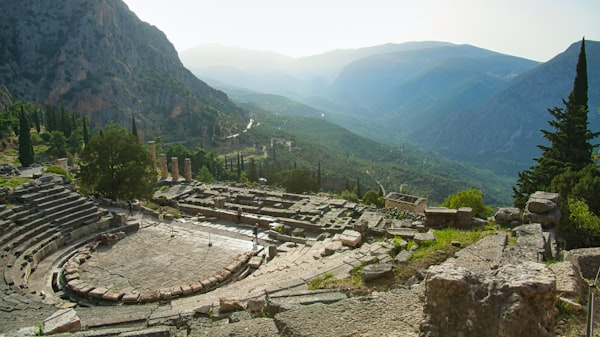- 欢迎使用千万蜘蛛池,网站外链优化,蜘蛛池引蜘蛛快速提高网站收录,收藏快捷键 CTRL + D
使用Oracle NBLOB数据存储,再也不用为数据深度分析而烦恼 Oracle NBLOB数据持久存储,如何实现数据深度分析优化?



What is Oracle NBLOB data type?
Oracle NBLOB data type is used to store binary large objects, such as images, audio, video, etc. The N stands for Network, indicating that NBLOB data can be transmitted and accessed over a network.
 (Image Source: Unsplash)
(Image Source: Unsplash)
How to persist NBLOB data?
1. Define NBLOB field when creating a table
When creating a table, you can define NBLOB field using subtypes of BLOB or CLOB data types.
CREATE TABLE example ( id NUMBER PRIMARY KEY, name VARCHAR2(50), image NBLOB );
2. Insert NBLOB data
When inserting NBLOB data into the table, you can manipulate it using functions from the DBMS_LOB package.
DECLARE
l_bfile BFILE := BFILENAME('DIRECTORY', 'image.jpg');
l_blob CLOB;
BEGIN
DBMS_LOB.OPEN(l_bfile, DBMS_LOB.lob_readonly);
DBMS_LOB.loadfromfile(l_blob, l_bfile, DBMS_LOB.getlength(l_bfile));
INSERT INTO example (id, name, image) VALUES (1, 'John Doe', EMPTY_BLOB() || l_blob);
DBMS_LOB.CLOSE(l_bfile);
END;
3. Query NBLOB data
When querying NBLOB data, you can manipulate it using functions from the DBMS_LOB package.
SELECT id, name, DBMS_LOB.SUBSTR(image, 32767, 1) AS image_part FROM example;
How to use NBLOB data?
1. Retrieve NBLOB data
You can use functions from the DBMS_LOB package to retrieve data from the NBLOB field.
SELECT id, name, DBMS_LOB.SUBSTR(image, 32767, 1) AS image_part FROM example;
2. Update NBLOB data
When updating NBLOB data, you can first delete the value of the NBLOB field, and then insert new NBLOB data.
UPDATE example SET image = EMPTY_BLOB() WHERE id = 1; -- Delete the existing NBLOB data and insert new NBLOB data as shown in the previous insert example.
3. Delete NBLOB data
When deleting NBLOB data, you can simply set the value of the NBLOB field to empty.
UPDATE example SET image = EMPTY_BLOB() WHERE id = 1; -- Delete the existing NBLOB data.
Thank you for reading. Feel free to leave a comment, follow us for more updates, give us a thumbs up, and thank you for watching!
| 广告位招租-内容页尾部广告(PC) |
相关文章推荐
- 无相关信息
SEO优化最新文章
- 如何实现MySQL的一对多连接:从基础到高级技巧解析
- 如何在戴尔笔记本上安装Win7?简易教程带你正确安装机械硬盘
- 如何利用网络互动营销提高销售额?网络互动营销:企业提升市场竞争力的重要手段
- 1. "Oracle级联查询详解:提升查询效率和数据准确性的实用技巧" 2. "为什么你需要掌握Oracle的级联查询?提高数据分析和查询操作的终极指南" 3.
- 如何在欧洲卡车模拟2中实现联机游戏体验?提供详细教程让你轻松上手!
- "如何使用HTML获取浏览器标题?掌握这些技巧,让你更好地管理网页信息"
- 什么是屏幕分辨率?屏幕分辨率的区别是什么?
- 「为什么选择腾讯云多站架设?详细指南帮助你一步步实施」
- "广东服务器租用常见故障怎么解决?5个实用技巧让你的网站运行无忧"
- "如何在Oracle中查看触发器?管理触发器的最佳实践"













)



)

)
